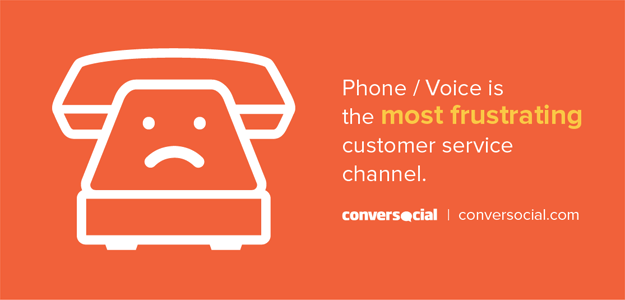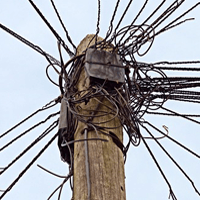Ticketing & Texts: Customer Service Tech for Today

How do you get in touch with a company if you have an issue only they can resolve? Likewise, how do you get in touch with a company to get an answer you could not locate yourself?
Since many brands have opened their customer service channels to a variety of touchpoints, you likely choose the contact option that is most convenient to you in your moment of need. This choice of customer service channels and subsequently the context of this interaction (who the person is, their history with the company, where they are initiating the conversation, etc.), are the topics Website Magazine covered in our July feature, " Choice and Context in Web Customer Service." We encourage you to read through the article if improving retention is important to your enterprise (as it should be).
With word count limitations of print, however, we focused on specific emerging trends and tips (particularly around social media, bots, live chat and more) to improve Web customer service, purposely omitting other key technology.
Customer service "ticket" desks, for example, are one of the most widely used channels as customers typically do not know they are communicating via a help desk but rather are submitting a form or email for response. Similar to how customers are expecting hasty and helpful responses via social media (in which many brands are falling very short), when submitting a question via form or email, their expectations are similar.
Customers are close to expecting 24/7 service and in a variety of industries, their expectations are not unfounded. If a product runs 24/7 - for consumers cable, Internet and even a website or for businesses hosting and security - a customer support staff likely should too.
Zendesk offers some helpful strategies for "staffing" a customer support team around the clock, using data to understand when tickets are coming in and using technology to support customers during non-traditional working hours.
What seems to be happening with the support desk community, however, is to reduce tickets altogether. This is not a new concept, of course, but the Web affords enterprises the opportunity to let customers help themselves before submitting a ticket (which could seem like a failed interaction on the consumer's part, liken to making a call).

Our smartphones can, of course, be used to speak with another person (not just Siri) but often that can seem like a last-ditch effort if a customer service query cannot be resolved in another manner. Smartphones, however, can provide customers a high level of convenience when a brand enables two-way SMS (or text). Website Magazine recently published a comic series on this very subject to provide readers with ideas of how text could help improve customer service in their enterprise, from appointment updates to employee onboarding (not much of a stretch to treat new employees like new customers). If mature adults can text their elderly parents short messages, savvy enterprises must consider how to enable two-way texting in their enterprise. A service provider could, for example, text a customer "Running five minutes late" and the customer should be able to respond "No problem" or "Any later than 15 minutes, and we'll have to reschedule."
While the above material is in no part an exhaustive look at ticketing and texts in customer service today, we hope it provided supplemental information to our July feature, "Choice and Context in Web Customer Service."








